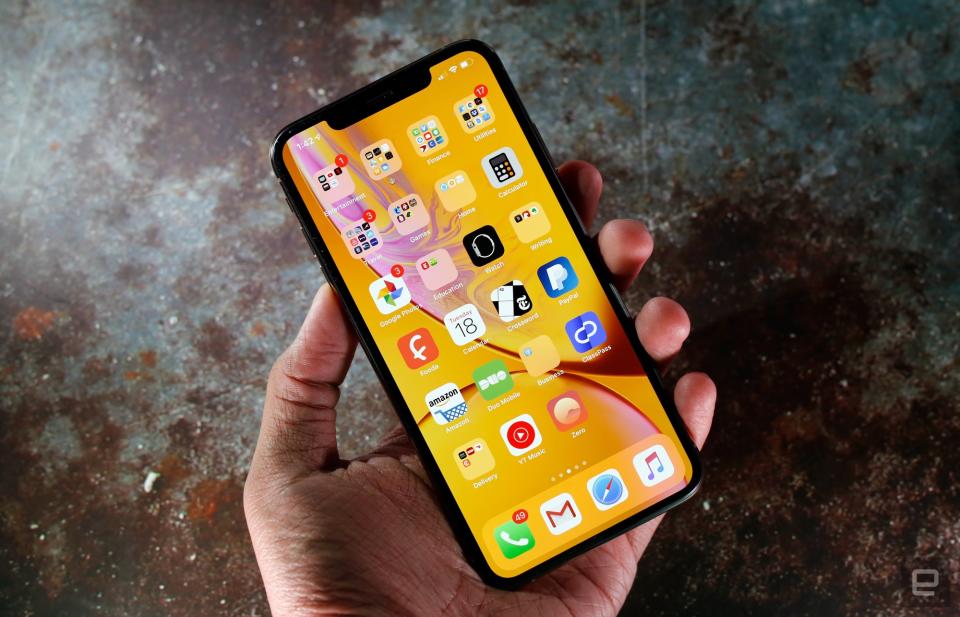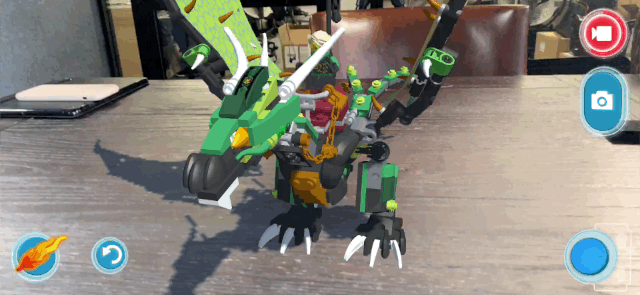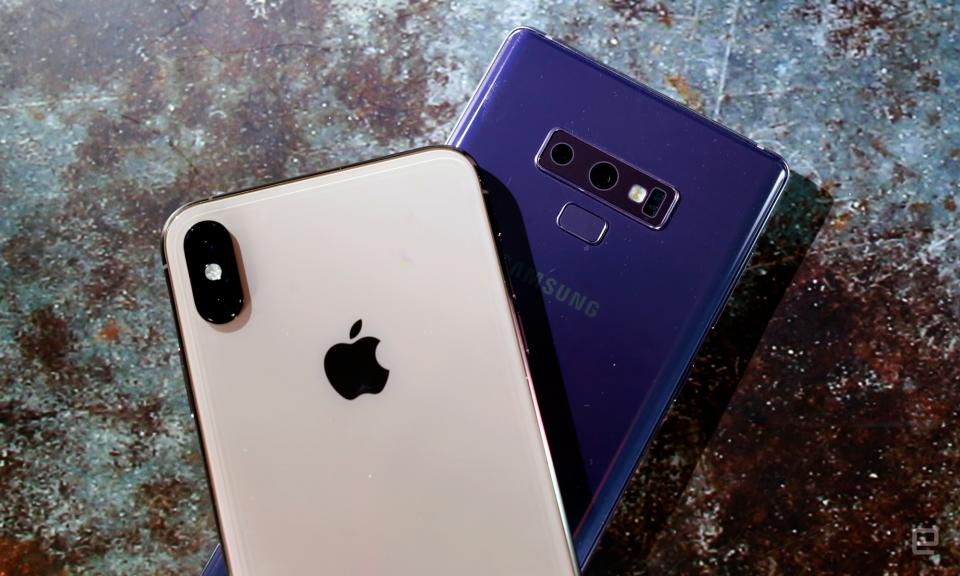Engadget has been testing and reviewing consumer tech since 2004. Our stories may include affiliate links; if you buy something through a link, we may earn a commission. Read more about how we evaluate products.
iPhone XS and XS Max, Day 1: A clear step forward
There's a lot to like already, but are they must-buys?
Last year was a big one for Apple — with the launch of the iPhone X, the company redefined what it meant to be iPhone. This year, Apple's job wasn't any easier. It had to figure out what worked, what didn't, and put that knowledge to use building a trio of new smartphones that would make its new vision more accessible. And now that the iPhone XS and XS Max are finally here, we're getting to see if Apple actually achieved those feats. The thing is, we're still in the middle of testing our iPhone XS and XS Max -- you can expect our full, detailed review soon. In the meantime, we've picked up on a few things that you should definitely keep in mind before these new flagship phones go on sale. The iPhone XS is an incredibly fast, highly polished machine, but let's face it — everyone wants to talk about the iPhone XS Max. I can't blame them, either: making big versions of phones isn't new for Apple, but cramming an 6.5-inch Retina display into a phone sure is. This is the largest screen the company has ever squeezed into an iPhone, and much like last year's iPhone X, it's absolutely lovely to look at. Actually using it, however, can be a different story. For people with massive hands, the Max is a no-brainer. Everyone else should be prepared to shimmy their hands up and down the phone a lot. Even though the Max is roughly the same size as the iPhone Plus models we've seen over the years, the lack of bezels around the screen mean you'll actually have to stretch your thumb a little more to reach items at the top of the display. I strongly, strongly prefer phones that don't force to you use them with two hands, but the iPhone XS Max often left me with no choice. People without the same hang-ups will probably find a lot of pleasure in watching HDR movies (with improved stereo sound, no less) on this huge display, and using certain apps in a multi-paned landscape mode is genuinely helpful sometimes. Still, if you've ever looked at a big, older iPhone and felt an anticipatory cramp in your wrist, you're better off buying an iPhone XS... or waiting for the less expensive iPhone XR. The iPhone XS and XS Max both use Apple's new 7nm A12 Bionic chipset, and it's definitely a powerhouse — the company says the A12's twin "performance" cores are up to 15 percent faster than last year's A11, and the built-in GPU is nearly 50 percent faster compared to the original iPhone X. That means snappier all-around performance (especially in graphically intense games), though you might be hard-pressed to spot the difference if you splurged on an iPhone X last year. I didn't notice a huge leap in performance when launching apps and zipping through iOS 12 on the iPhone XS, but it's there if you're willing to look for it. Of course, that was entirely by design. The chipset was designed with a more pronounced focus on graphical performance and machine learning, so gorgeous games and apps that need to run complex ML algorithms on the phone stand to benefit the most. (Obviously, we'll dig deeper into how the A12 Bionic handles those in our full review.) There's no question that the XS and XS Max are the fastest phones Apple has ever made, but you'll really notice those performance gains in specific situations. I'm still testing the iPhone XS's improved dual camera against the rest of the year's flagships, but one thing is clear right off the bat: the XS takes much better photos than last year's iPhone X. That's largely due to Apple's new Smart HDR feature, which is on by default and stitches together four exposures of the same moment to give the final photo more nuance and better dynamic range. If this all sounds familiar, well, you'd be right: Apple's approach here largely sticks to the same computational photography principles that made Google's Pixel 2s so incredible. You should check back once our full review is live for all the juicy camera details, but I'll leave you with an anecdote. I've been using the iPhone X as my daily driver (you know, when not reviewing other phones) for nearly a year now, and over the last few months, I've started to find its camera rather depressing — especially when hanging out with other tech blogger friends. That's not because it was particularly deficient in any way; it's more that devices like Huawei's P20 Pro and Samsung's S9 Plus and Note 9 just took more pleasing photos without any extra work on my part. The gulf in image quality seemed so vast that I was this close to giving up on iOS entirely and switching to the Note 9 full-time, but the iPhone XS and XS Max just might be enough to keep me on iOS for another year. We'll see. With two — soon to be three — new iPhone Xs on the market, it's clear that the idea of using your face to unlock your phone isn't going anywhere. If you're coming from an older iPhone, the transition is going to be an odd one, but it'll be slightly easier to get used to this year. That's mostly because Face ID on the iPhone XS is just a little faster at recognizing faces. When swiping up on the screen to unlock last year's model, there was actually a beat before the phone recognized you and let you in. With the iPhone Xs, that slight lag occasionally disappears entirely. There's still a lot of work to be done before the full review is done, but even now, I'm wondering if either of these devices is a must-buy. My gut says no, if only for the moment. If you dropped $1,000 on an iPhone X last year, the improvements here, while notable and valuable, don't seem like enough to justify splurging two years in a row. If you're still rocking an older iPhone, either of these would be phenomenal upgrades, but the colorful, fascinating iPhone XR is right around the corner and might be a better bang for your buck. None of this is meant to suggest that the XS and XS Max are lacking, because (so far at least) they aren't. I'll need time to fully sort out my thoughts, though, so stick around for the full review coming soon.

Living the Max life

Performance

Improved cameras


